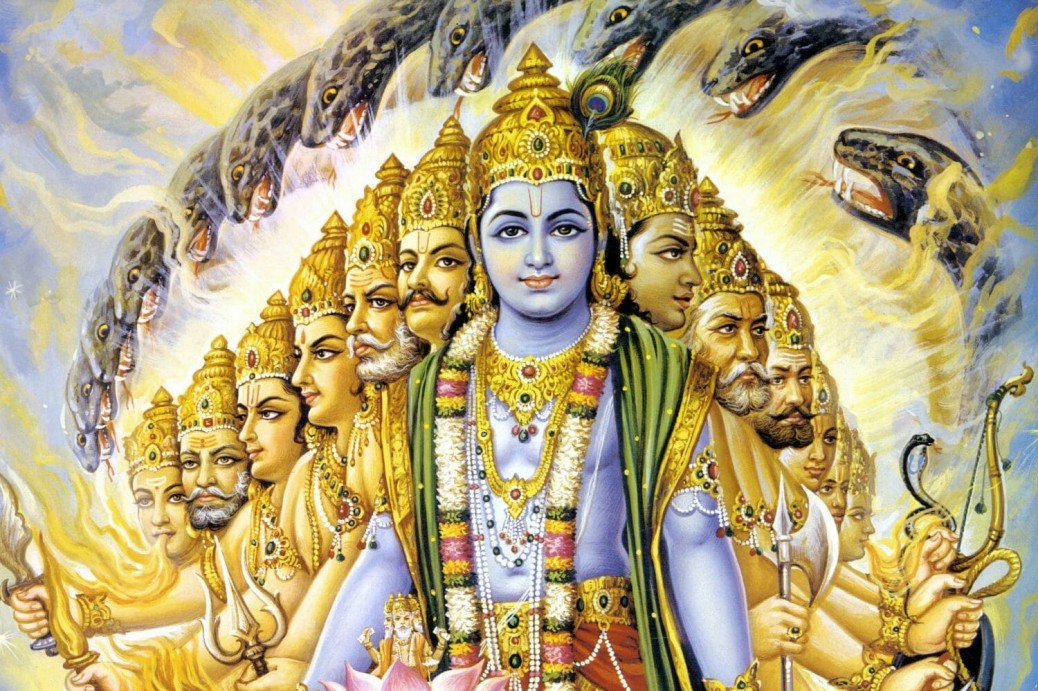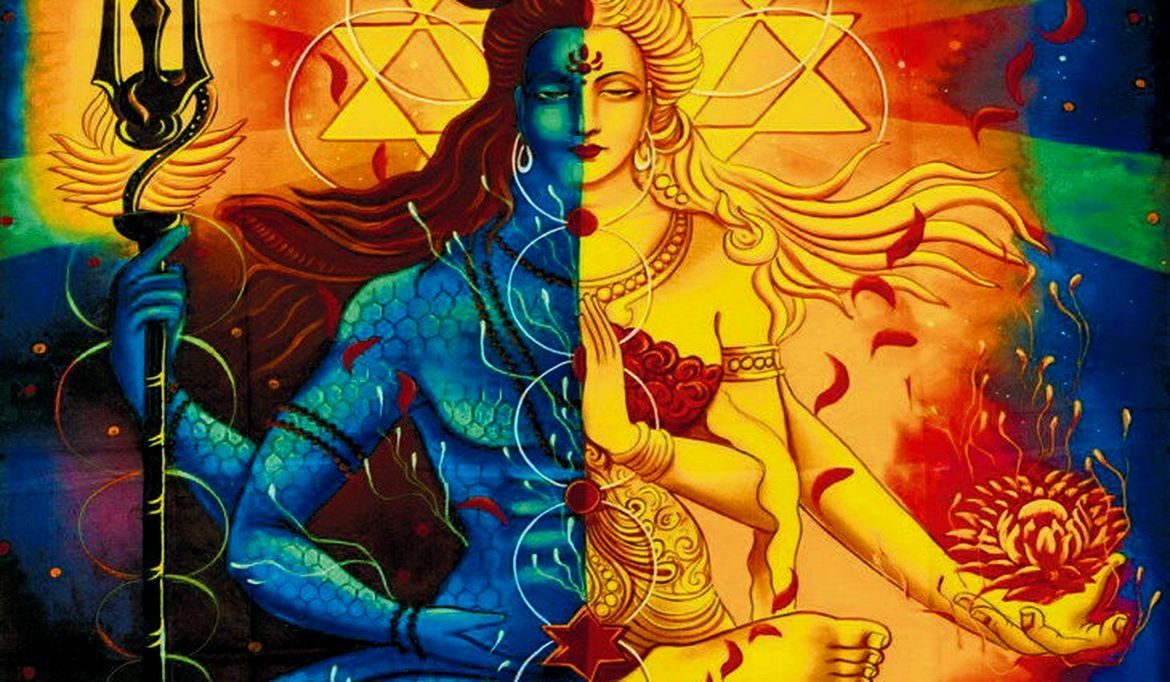Pancha Mahabhutas – In Gita Verse 2.17 That which pervades the entire body you should know to be indestructible. No one is able to destroy that imperishable soul.
In the tranquil depths of the Bhagavad Gita’s wisdom, Krishna bestows upon us a truth that resounds with clarity and depth: “That which pervades the entire body you should know to be indestructible. No one is able to destroy that imperishable soul.” It is in this utterance that the essence of humanity is drawn as both a periphery and a centre. The body is our periphery, a vessel for our earthly sojourn, but it does not encapsulate the entirety of our being.
This profound verse invites contemplation on the misconception of associating consciousness, which is eternal, with the body, which is temporal. The body is merely a temporary sanctuary for the soul housed within – yet the mind, enshrouded by ADHYASA, the veil of illusion, often mistakes this transient shelter for the self.
Krishna’s words are a beacon, revealing the indissoluble bond between the cosmos and our soul – composed of the same undestroyable fabric, existing beyond the transient realm of physical laws. Although our bodies engage with the elements that paint the canvas of our world – earth, water, fire, air, and ether – they are capable of an alchemic transformation, never truly annihilated, mirroring the enduring axiom as voiced by Einstein: “Energy cannot be created or destroyed; it can only be changed from one form to another.”
In my reflection, Bhagavad Gita Verse 2.12, I pondered this concept of indestructibility. All that we observe and experience is constituted by the Pancha Mahabhutas, the five great elements which Ayurveda celebrates as the universe’s fundamental building blocks:
Space: An endless domain, the cradle of possibilities and existence itself.
Air: A symbol of life’s breath and vitality, ferrying movement and expansion.
Fire: The flame of discipline and metamorphosis, igniting the torch of inspiration.
Water: The flow of connection, the embodiment of grace and adaptability.
Earth: Our grounding force, nurturing and granting stability.
The Gita instructs that even amid a world in perpetual change, the soul, or Atman, remains constant, untouched by the whirling chaos of the physical plane – eternal and ever-present.
From the cocoon, the caterpillar emerges as a butterfly – this act of nature illustrates the dance of the elements and the material forms in continuous motion, a transformation profound yet fluxional, symbolic of life’s ongoing cycle.
The mere act of igniting a candle serves as a meditation on change and constancy. The flickering flame, ever-dynamic, exemplifies a succession of states, a symphony of transformations. This ceaseless flow encapsulates Buddha’s continuum, a tapestry woven with changes so subtle that the motion seems unbroken.
This continuum, unfolding before us, is described in the Gita as the eternally fluid narrative of all creation. Every form, every entity, journeys from birth, through existence, to dissolution within the elemental matrix. Yet the soul, the animator of countless forms, remains above this evolutionary journey, undimmed and immutable.
The Jivatma – or individual soul – migrates within this continuum, experiencing myriad lives and forms, while the Paramatma – the universal soul – watches serenely over creation’s grandeur. It is this reality that Krishna implores Arjuna to grasp: his truest essence as an eternal part of this continuum – unchanging, unfaltering, and eternally transformative.
Embracing these teachings heightens our perception. We come to see life as a masterpiece of transitions, each step choreographed by the unfaltering reality of the soul. This transformative perspective shields us from the suffering birthed by attachment and aversion, enabling us to observe life’s grand narrative from a place of tranquil detachment. The essence of our being, the soul – a spark of the infinite divine – stands invincible against the relentless procession of change, casting light upon our path toward eternal peace and spiritual enlightenment.
Becoming the observer, the watcher, we can discern the unchanging within the changing. Through this observation, a space forms – a distance between us and our tribulations. Detached from these afflictions, we witness their nature, and suddenly the passage to free ourselves from the grasp of the temporal unfolds.
Krishna’s counsel to Arjuna – to cultivate mindfulness and observe – is the portal to uncovering the inherent, enduring self. Arjuna is called to recognize his cosmic role – one that defies conventional logic and delves into the profound depths of duty without enmity. It is not a renunciation of consciousness or a neglect of one’s divine obligations but an awakening to a higher state of awareness – the standpoint of one who observes the unfolding of life and participates with clarity, purpose, and inner tranquillity.
By following this esteemed path of vigilance as put forth in the Gita, one can navigate through life’s ebbs and flows with wisdom and grace. It leads us not only to comprehend our true nature but to embody it, as we join in the divine lila – the cosmic play – with enlightened presence and peace.
Tags: Pancha Mahabhutas




